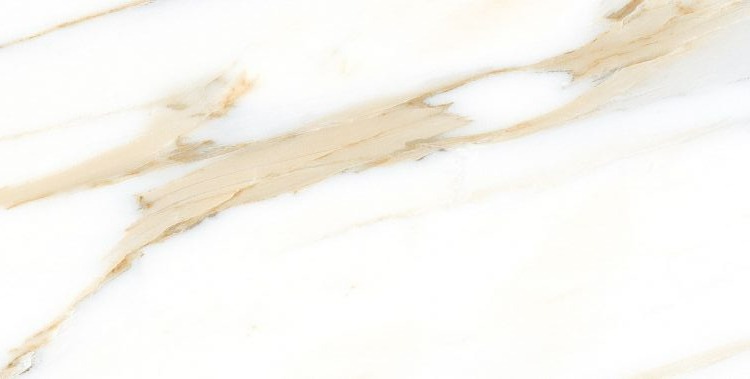Porcelain tile is a popular choice for flooring, thanks to its durability, design versatility, and water resistance. However, one common question arises when considering it for certain areas, especially bathrooms and kitchens: Is porcelain tile slippery? Here’s a closer look at the factors that affect the slipperiness of porcelain, the options available for different environments, and how to choose the right type for safety.
Why Porcelain Tile Can Be Slippery
- Surface Finish: Polished or glossy porcelain tiles have a high-gloss finish that reflects light beautifully and creates a sleek, elegant look. However, this polished surface can be more slippery when wet or oily, making it less ideal for areas exposed to moisture, like bathrooms and poolside settings.
- Water Resistance: Porcelain tiles are generally water-resistant, which is a positive attribute in terms of durability and maintenance. However, this means water and other liquids may remain on the surface instead of seeping in, increasing the risk of slips in certain finishes.
- Type of Traffic: The slipperiness of porcelain can be affected by the type and amount of traffic. High-traffic areas can become worn over time, creating a natural texture that reduces slipperiness, while low-traffic areas may retain a smoother, more slippery surface.
Options for Slip-Resistant Porcelain Tile
Fortunately, not all porcelain tiles are the same. Manufacturers have developed several finishes and textures designed to enhance grip and reduce the risk of slipping.
- Matte Finish: Matte or unpolished porcelain tile has a slightly rougher texture that provides better traction, even when wet. This makes matte-finish tiles a great choice for areas like bathrooms, kitchens, and entryways where water or spills are more common.
- Textured or Structured Porcelain: Textured porcelain tiles have added depth and patterns that mimic natural stone or wood. These tiles are crafted to increase friction and create a safer walking surface, making them an excellent option for outdoor spaces, pool decks, or areas prone to moisture exposure.
- Slip-Resistant Coatings: Some tiles come with slip-resistant coatings specifically designed for safety. These coatings provide extra grip and often include slip resistance ratings, such as the Coefficient of Friction (COF). Tiles with a higher COF rating offer more slip resistance, making them a safer choice for high-moisture areas.
- R Ratings: In commercial spaces or environments that require a higher level of safety, many manufacturers use an “R rating” system for slip resistance, where ratings from R9 to R13 indicate the level of slip resistance. The higher the rating, the less slippery the tile.
Choosing the Right Porcelain Tile for Safety
To select the right porcelain tile for your space, keep the following considerations in mind:
- Location: In wet areas like bathrooms, laundry rooms, and pool decks, opt for matte or textured tiles to reduce slipperiness. Polished tiles can work well in living rooms or hallways where moisture is less of a concern.
- Intended Use: Think about the traffic levels and type of use in each space. Kitchens and bathrooms, where spills are common, benefit from slip-resistant finishes. In areas with less traffic, aesthetic preferences may take precedence.
- Ratings and Certifications: Check the tile’s slip-resistance rating (such as COF or R rating) if available, especially if you’re planning for a commercial space where regulations might require a specific rating. Residential areas typically do not have as strict requirements, but reviewing these ratings can still help you make an informed choice.
Maintenance Tips to Reduce Slipperiness
Maintaining a safe environment goes beyond choosing the right tile. Regular maintenance and mindful cleaning can help reduce slipperiness as well.
- Keep Floors Dry: Clean up spills promptly, especially in areas where polished tiles are installed.
- Use Non-Slip Mats: Add non-slip mats in high-moisture areas like bathrooms, kitchens, and entryways for extra protection.
- Choose the Right Cleaners: Avoid overly waxy cleaners on matte or textured tiles, as these can create a buildup that may lead to a slippery surface.
- Consider Anti-Slip Treatments: If you already have smooth porcelain tiles and are concerned about slip risk, there are anti-slip treatments available that can be applied to make the surface less slick without altering the tile’s appearance.
Conclusion
Porcelain tiles can be slippery, especially in polished finishes or high-moisture areas. However, by choosing the right finish, paying attention to slip-resistance ratings, and following proper maintenance practices, you can enjoy the beauty and durability of porcelain tile while maintaining a safe environment. Whether you’re tiling a bathroom, kitchen, or outdoor space, there’s a porcelain tile option to suit both your aesthetic and safety needs.

